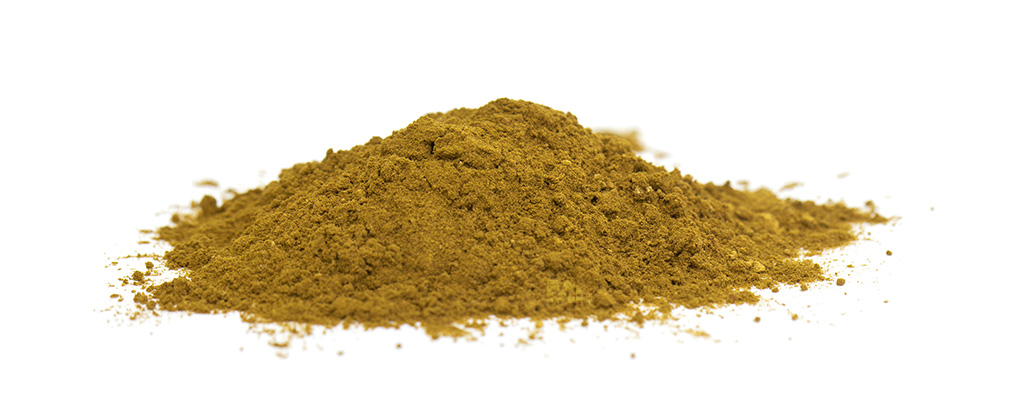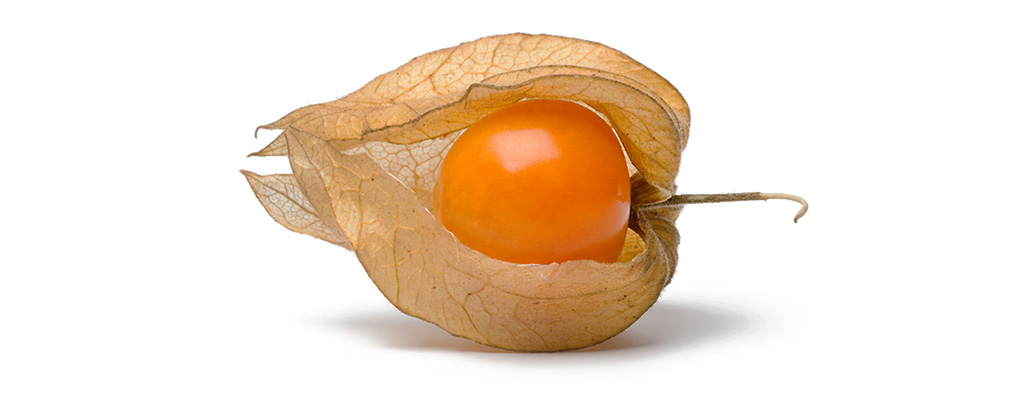Why Ashwagandha can be Toxic: A Guide

Ashwagandha is one of the more effective anxiolytics that's also a natural extract in origin. However, one should pay close attention to the fine print when shopping for Ashwagandha. It doesn't matter whether you're buying capsules, powders or Ashwagandha in a formula, it needs to meet certain criteria in order to provide the claimed benefits you seek.
There are also certain forms of Ashwagandha that we recommend people avoid as they contain compounds which have been found to be toxic, but we'll get into that a little later. First, we'll go over the basics of what Ashwagandha is and how it works, before moving onto the various sources and forms, and how to identify the best kinds.
What is Ashwagandha, and what are the Benefits?
Much like Bacopa Monnieri, the history of Ashwagandha's usage originates in Ayurvedic medicine. Because of this, it's not too surprising that a lot of Ashwagandha originates in India, even today. The technical name for Ashwagandha is withania somnifera.
Also known as winter cherry, it is not only sourced from India but also native to China and surrounding areas. These two countries are where much of the worlds Ashwagandha comes from. Interestingly, the berries from these shrubs are used in cooking and baking.
Ashwagandha is an adaptogen and it is primarily used as an anxiolytic, for relieving anxiety and stress. There is strong research supporting the powerful cortisol-reducing effects of this herb. It is also used as a mild sedative against insomnia, however, all these effects are very much dose dependent.
In order to fit the research that has been done on Ashwagandha, the extract type, strength, and the dosage all need to be within the right range, or it will fall short of the purported benefits. Once again, this is something that is quite commonly observed in many Ashwagandha supplements and stacks on the market, so making the right choices means doing a little research.
Ashwagandha has been implicated in treating various conditions for many centuries, with the more recent ones including:
- Cortisol
- Anxiety
- Inflammation
- Stress
- Diabetes
- Cancer
- Fatigue
Ashwagandha is said to stimulate the immune system, working as what is known as an immunostimulant. Reduction of chronic inflammation is key if you're aiming to reduce the effects of anxiety and stress on the body, and Ashwagandha is a great nootropic to use in your stacks.
Lastly, but certainly one of the most important factors in choosing the right form of Ashwagandha, is that this herb has a very low toxicity - but only when consuming powder that is extracted from the roots.
Identifying Ashwagandha
Ashwagandha's appearance is a light or medium brown powder in most cases. It is a soft, fine powder with small particle size which makes it rather fluffy and so it can be tricky to work with. The molecular weight is relatively high, so dosages of 500mg or more are possible in larger capsule sizes.
The smell is said to be horse-like while the taste noted as bitter. Regardless of how you interpret it, Ashwagandha has a unique smell that is characteristic of this extract. Once you're familiar with it, you'll have an easy time identifying this adaptogen.
How does Ashwagandha work?
Ashwagandha's effects vary depending on the dosage.
The main structures within Ashwagandha are either steroidal lactones or glycosides of the withanolides. The technical classifications aren't that important to know, however, these structures are unique to Ashwagandha and possess characteristics which can be summarized as follows:
Withanolide A: Inhibits acetylcholinesterase, immunostimulant, immunosuppressant and cortisol suppressant
Withanoside IV: Reduces stress and anxiety and increase neurogenesis and length of axons (one end of a neuron)
Sominone: Promotes neurogenesis and axon length
Ashwagandhanolide: Inhibitory effect on certain types of cancer
Withaferin A: Cytotoxic
Withanone: Promotes cell apoptosis in breast cancer cells
Each of these withanolides is attributed to Ashwagandha's effects. However, these compounds are more active in some parts of the plant than in others, so one needs to pay close attention to where their Ashwagandha is extracted from.
Most Ashwagandha root extracts will be standardized to the first three of the glycowithanolides, since these are the main compounds that provide the most benefits based on research.

Which Ashwagandha should you use?
Ashwagandha is extracted from either the leaves or the roots, or both. The source will dictate the concentrations of the compounds in the powdered extract.
Leaf Extracts often contain high levels of Withaferin A, while root extracts have comparably low levels of Withaferin A. Since Withaferin A is cytotoxic (used to kill cells, cancer predominantly), we recommend avoiding extracts which are sourced from leaves unless they include a certificate of analysis. Therefore, you should generally use Ashwagandha extracted from only the roots. There are exceptions, but the source should be thoroughly examined prior to purchase or consumption (look or ask for a certificate of analysis).
Just like with all herbal extracts, Ashwagandha needs to be standardized to a concentration of glycowithanolides to meet the claims that accompany it. Common extract strengths vary from 1% - 10%, and there are also branded and patented forms available.
With all the variations, choosing an extract from a trusted source is going to be key in ensuring you buy an effective product.
What is Sensoril Ashwagandha?
Sensoril is a branded and patented form of Ashwagandha known to have one of the highest Withanolide contents - as much as 10%. This, of course, means it is a standardized extract as Sensoril is a very well researched form of Ashwagandha.
Sensoril is extracted from both the leaves and roots to achieve such a high concentration of withanolides. This may sound concerning based on what we mentioned above, however, they standardized the Withaferin A concentrations to 0.5% or less and it is perfectly safe. You will typically find even lower concentrations in root-only extracts.
What is KSM-66 Ashwagandha?
Unlike Sensoril, KSM-66 is extracted and standardized from just the roots. This full-spectrum extract mimics the natural composition of the plant, matching the naturally occurring compounds and their ratios.
This makes it a very safe, low-toxicity form of Ashwagandha, with glycowithanolide concentrations of 5% and negligible concentrations of Withaferin A, the cytotoxic withanolide.
This widely researched Ashwagandha extract is considered safe and effective. It is also one of the forms that don't use alcohol or any synthetic solvents for the extraction process, likely why the taste and smell are less intrusive than other forms of this extract.
What about other Ashwagandha Extracts and Dosages?
Provided that an Ashwagandha extract matches the specification of what has been used in research, it should provide the same benefits.
That means it should be standardized for human consumption, it should at the very least be predominantly extracted from the roots. Root-only extract is our recommended preference.
Withanolide content will dictate the strength of the effects, as well as the dosage required to achieve the claimed benefits. This will vary from person-to-person, as the effects are very individual.
High withanolide-content Ashwagandha extracts are likely to be whole-plant extracts, and therefore a mixture of roots and leaves. This is a good example where a higher potency doesn't mean a better overall extract.
Ashwagandha can be dosed anywhere from 50mg - 6,000mg, however, the most common doses range from 300mg - 500mg.
This will mean a total of 5mg - 25mg withanolide content, depending on the extract strength.
The lower range (up to 100mg) is only attributed to a small number of benefits, namely as an immunosuppressant and to synergize with other anxiolytic compounds. We find this dosage to be too low to provide any notable effects.
The powder itself is quite strong in smell and taste, so you may want to opt for capsules as your form of Ashwagandha. We suggest starting with Ashwagandha containing 2% Withanolides in the 500mg range and working your dose up to where you feel comfortable with the most benefit. You may find it more cost effective to use a higher Withanolide-content extract, in the 5% range.
In summary, the widely available 'generic' forms of Ashwagandha can be every bit as effective as the patented forms, provided your vendor or manufacturer has tested them and states all the facts.
Which Ashwagandha Supplements and Stacks should you look out for?
There are many Ashwagandha supplements to choose from, both in capsule and powder form. A dosage of 300 - 500mg with 5% or 2% withanolides is the average range.
The most common pre-made stacks to be wary of are proprietary blends or formulas. It doesn't matter if there is a branded form of Ashwagandha, such as KSM-66, within a product. If they don't list the exact dosage, it's unlikely to be within the correct range. There is no reason to hide behind a proprietary blend, and vendors should respond to requests openly, for complete transparency.



